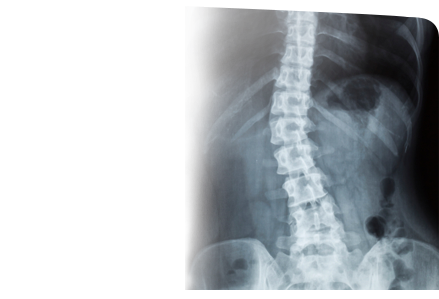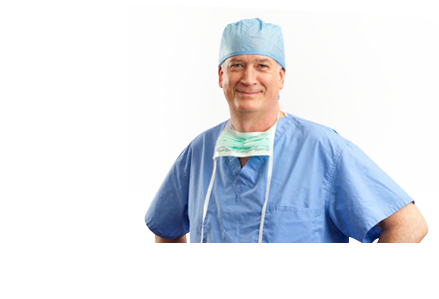Kyphosis is a condition characterized by abnormal curvature of the spine that causes deformity of the upper back (hunchback). Kyphosis usually affects the thoracic spine, but can also involve the cervical and lumbar segments of the spine. It can occur in children as well as in adults. Kyphosis causes the body to lean forward and interfere with balance and posture and can also cause pain.
Based on the etiology, kyphosis can be broadly classified into the following categories:
- Postural kyphosis: This usually develops due to a poor posture.
- Structural kyphosis: This is caused by an abnormality affecting the bones and soft tissues of the spine.
- Scheuermann’s kyphosis: It is also known as adolescent kyphosis and is caused by abnormal wedging of several neighboring vertebral bodies.
- Congenital kyphosis: It refers to an abnormal spinal curvature present since birth.
- Post-Traumatic kyphosis: It results from spinal injuries such as a vertebral fracture of the spine.
- Degenerative kyphosis: It is a condition of the aging spine, caused by degeneration or wear and tear of the spine.
Causes
The common causes of kyphosis include:
- Compression fractures secondary to osteoporosis
- Disc degeneration
- Spondylolisthesis
- Arthritis affecting the spine
- Injury to the spine
- Infections such as tuberculosis
- Birth defects such as spina bifida
- Inherited disorders (muscular dystrophy and neurofibromatosis)
- Cancer or benign tumors
- Certain endocrine disorders
Symptoms
Patients with kyphosis may develop a physical deformity of the spine (hunchback), mild pain, muscle fatigue and stiffness of the back. In severe cases, difficulty in breathing may also develop as a result of pressure over the lungs.
Your doctor will take a brief history, which would include family history, history of your present symptoms, and your past medical history. Then, a physical and neurological examination is conducted to assess your reflexes, muscle strength and sensations in order to arrive at an accurate diagnosis. Your doctor may perform an Adam’s forward bending test, in which you are asked to bend forward from the waist and the doctor will check for a rounded curve of the spine. X-rays of your spine may be used to determine the degree of curvature. The MRI or CT scans can help to determine nerve and spinal cord abnormalities.Pulmonary function tests may also be conducted if kyphosis affects breathing.
Treatment
Treatment depends on the type and cause of kyphosis and may include non-surgical and surgical treatments. Conservative treatments such as medications, exercises, and spinal braces may be helpful in providing symptomatic relief. Surgery may be considered for congenital and large kyphotic curves. Surgical treatment options for kyphosis include spinal fusion (bone grafts) and instrumentation (screws and rods). The aim of the surgery is to rectify the curve, halt the progression of the curve, treat the deformity, and stabilize the spine. Surgery includes fusion and instrumentation.
Your surgeon will discuss the surgical options as well as the potential risks and benefits with you and recommend the most appropriate procedure for you. Your doctor is your best source of information to answer all your questions and help you understand the condition better.





















